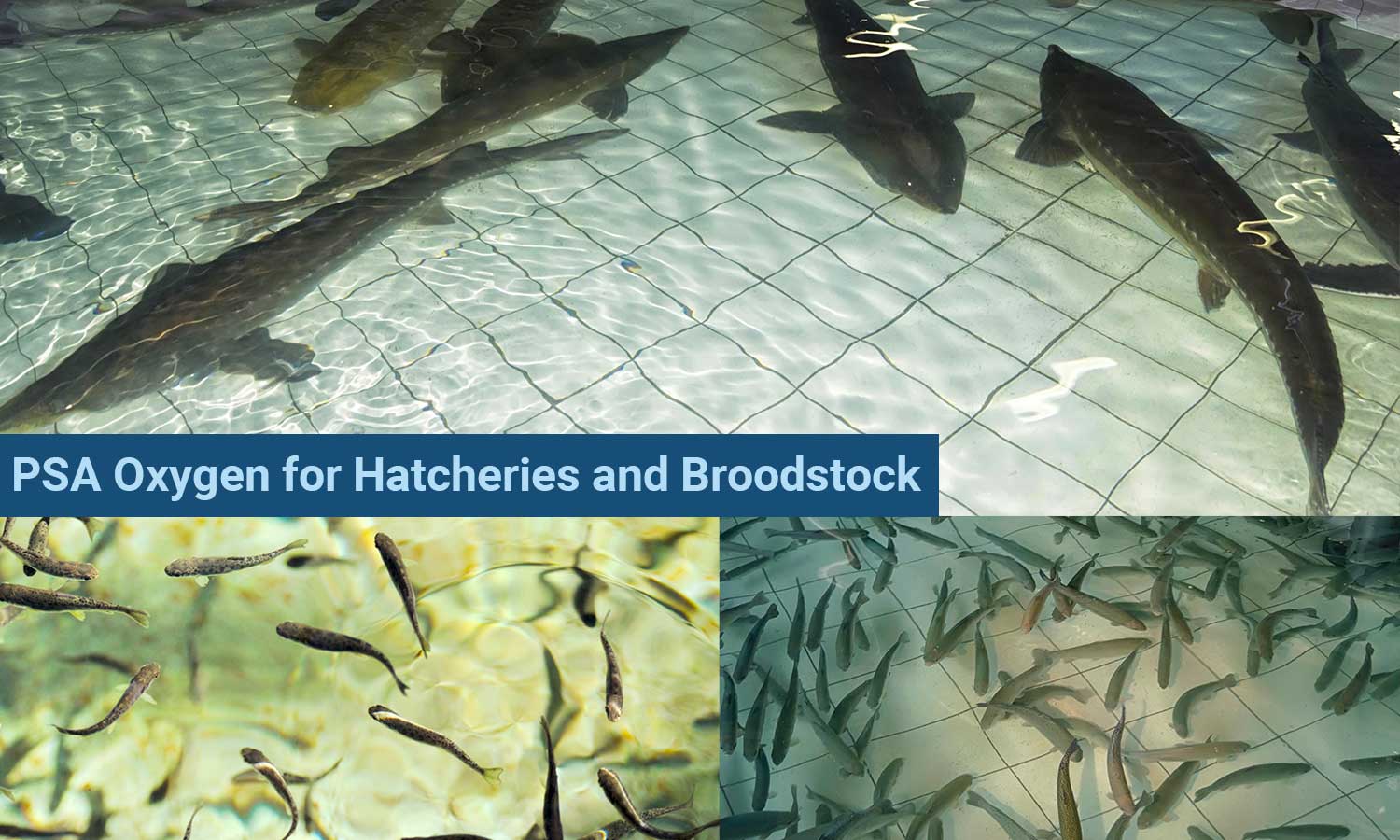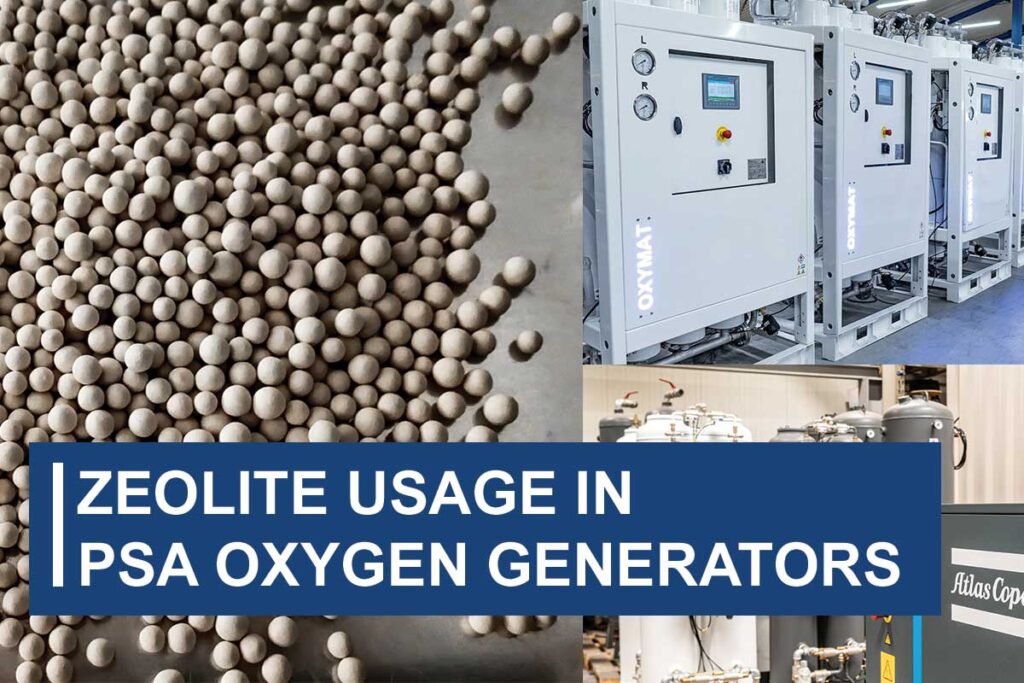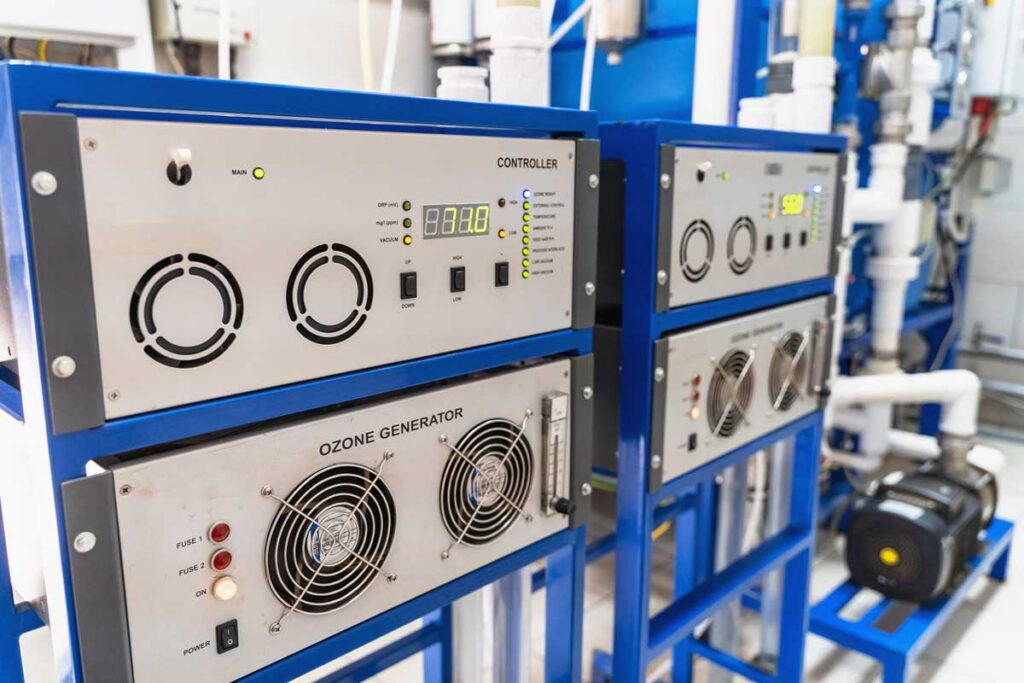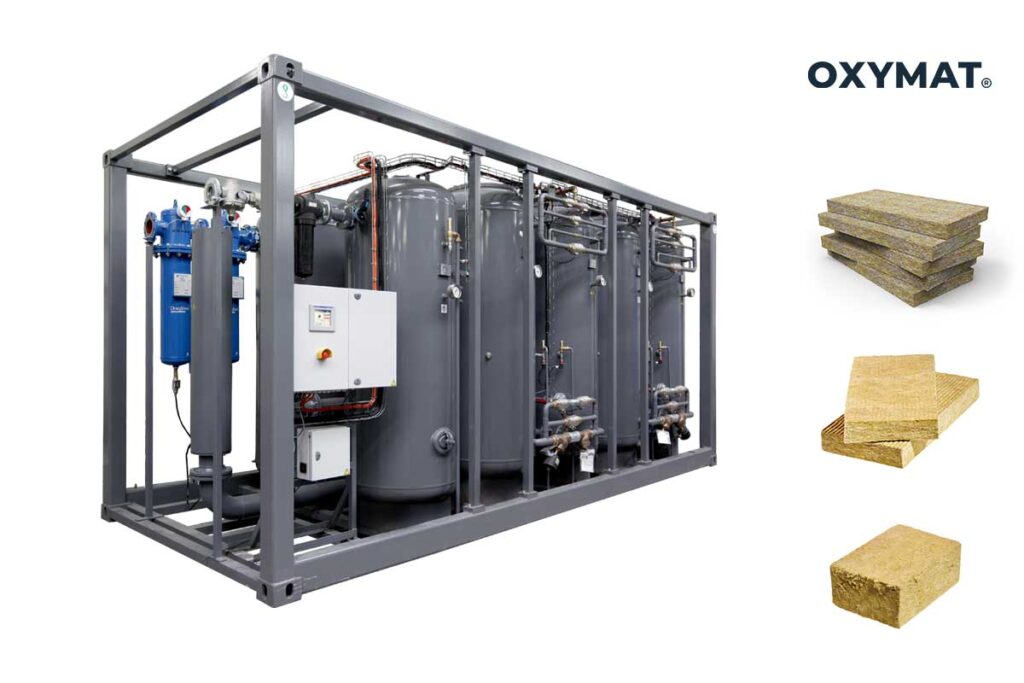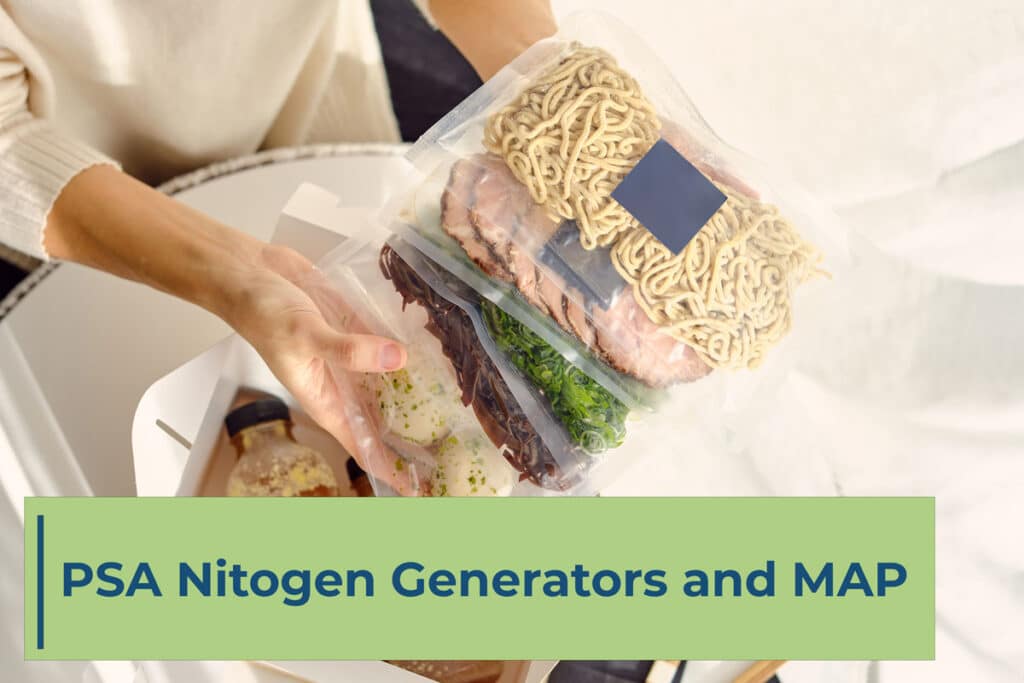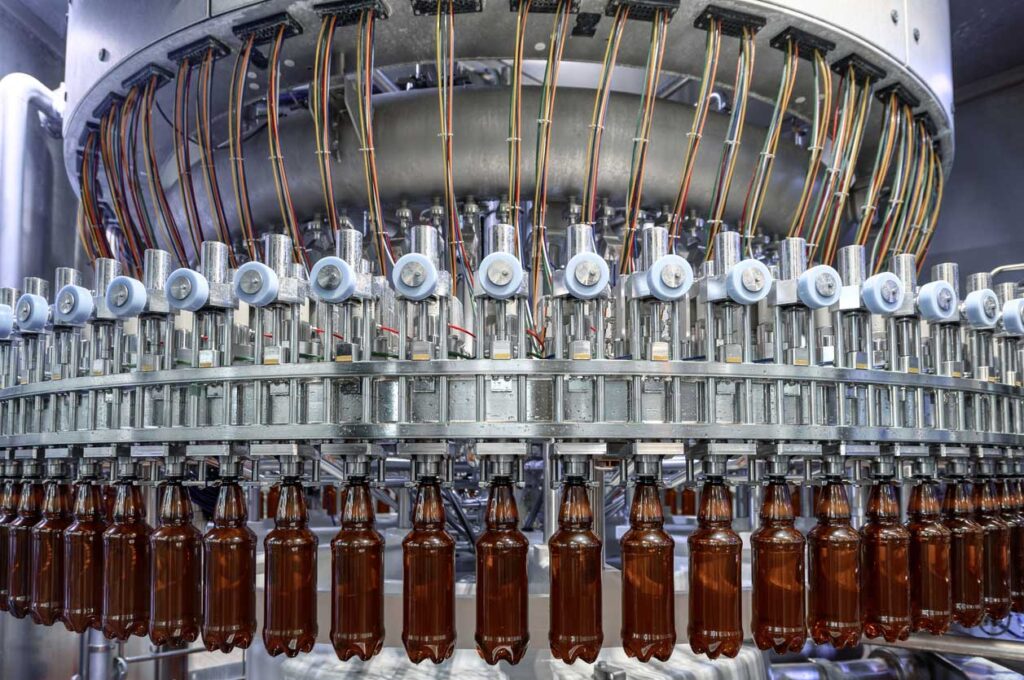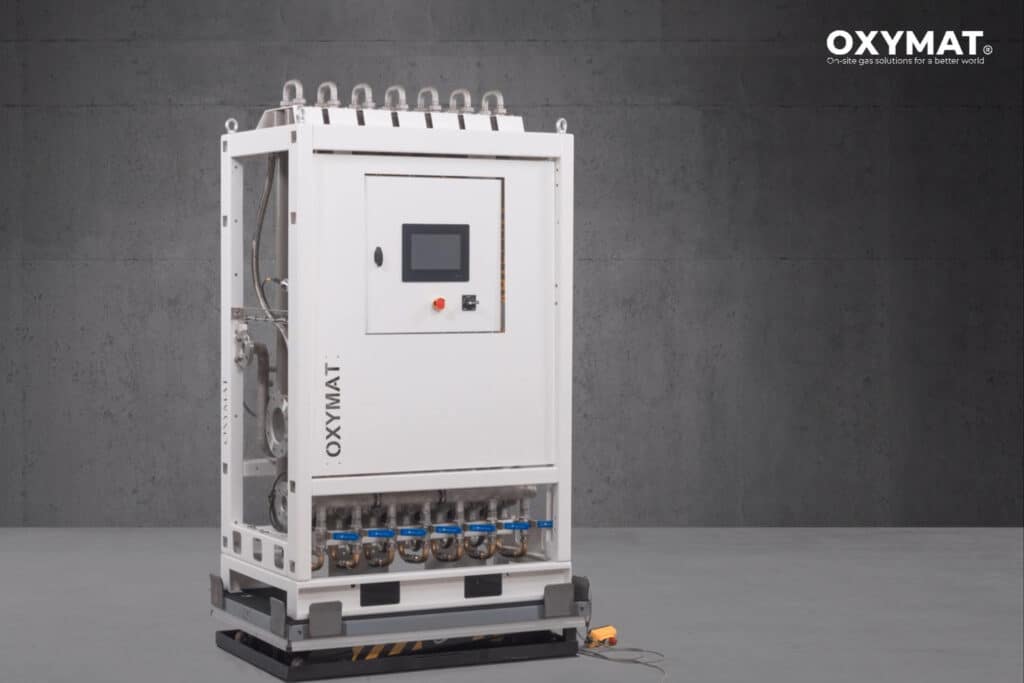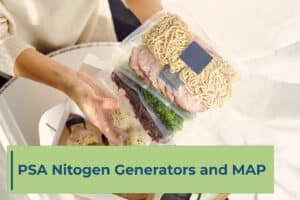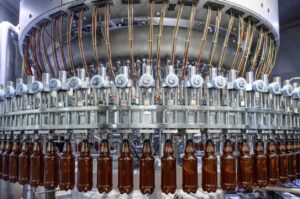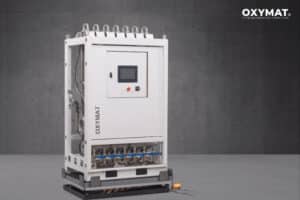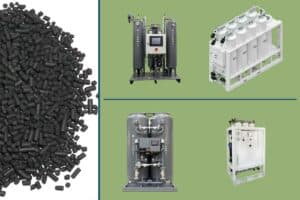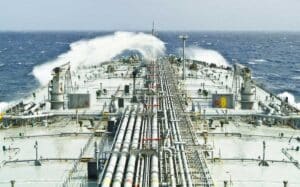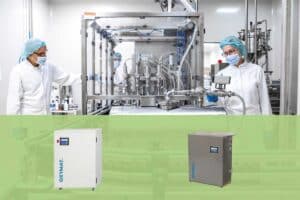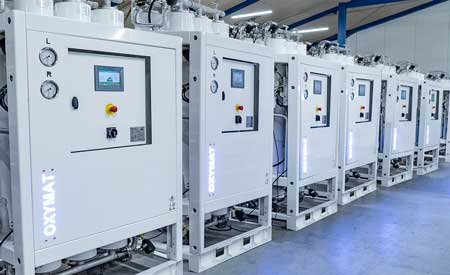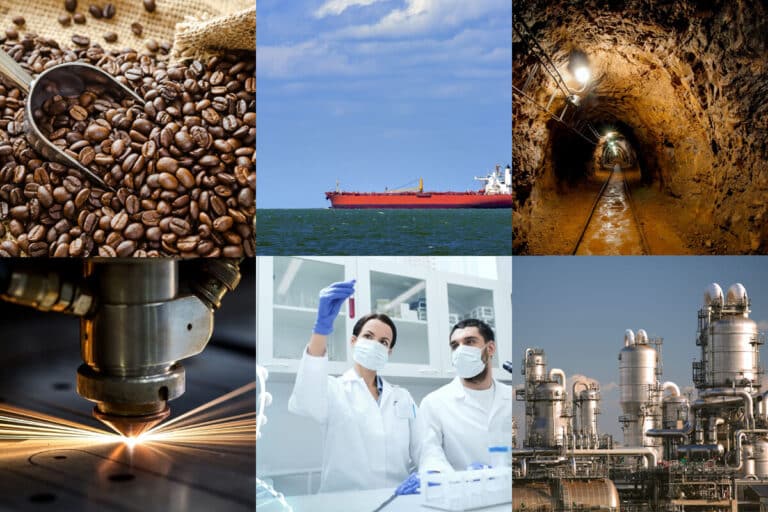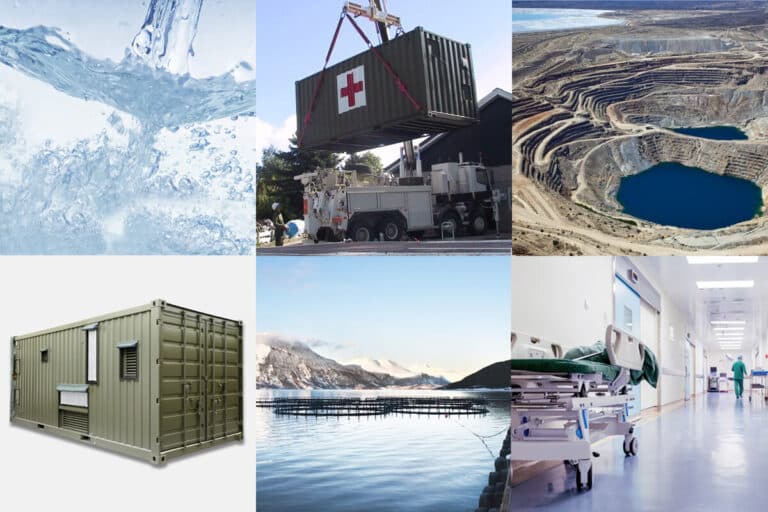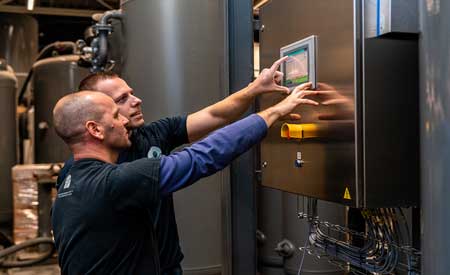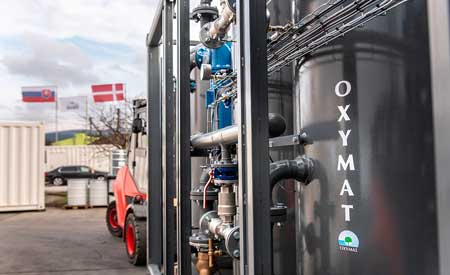Table of Contents
- Oxygen needs in hatcheries
- The role of oxygen in broodstock management
- Common challenges in oxygen management
- How OXYMAT oxygen generators supports aquaculture
- Key benefits for hatcheries and broodstock systems:
Oxygen is a key factor in aquaculture, especially in hatcheries and broodstock systems. Fish depend on stable oxygen levels for survival, growth, and reproduction. Without enough oxygen, larvae struggle to develop, broodstock experience lower fertility, and overall production suffers. Poor oxygen management leads to higher mortality rates, weaker fish, and operational inefficiencies.
Hatcheries require precise oxygen control to support the early stages of fish development. Larvae have high metabolic rates and need a constant oxygen supply to grow properly. Even slight drops in oxygen levels can increase stress and mortality. For broodstock, oxygen is equally important. Reproduction is an energy-intensive process, and oxygen fluctuations can reduce spawning success and weaken offspring.
Many aquaculture facilities face challenges in maintaining optimal oxygen levels. Factors such as water temperature, fish density, and biological activity affect oxygen availability. Traditional aeration systems often fall short, and liquid oxygen involves high costs and logistical challenges. A more efficient solution is on-site oxygen generation, which provides a consistent and cost-effective oxygen supply.
For hatcheries and broodstock operations, stable oxygen levels directly impact efficiency and profitability. Investing in reliable oxygen solutions ensures stronger fish, better reproduction rates, and overall improved yields.
Oxygen needs in hatcheries
Hatcheries focus on the earliest stages of fish life, where oxygen demand is high. Larvae are highly sensitive to oxygen fluctuations, and insufficient supply can slow growth and increase mortality. Proper oxygenation supports metabolism, feeding efficiency, and immune system development.
A stable and sufficient oxygen supply helps hatcheries maintain water quality and prevent stress-related issues. Consistent oxygen levels improve survival rates and ensure that juvenile fish develop into strong, healthy stock. Without reliable oxygen management, hatcheries risk high losses and reduced fish quality.
The role of oxygen in broodstock management
Broodstock are the backbone of fish farming, as they determine the quality of future generations. Oxygen plays a direct role in reproductive health and spawning success. Low oxygen levels can weaken fish, reduce fertility, and lower egg quality.
Spawning is a demanding process that requires increased oxygen intake. If oxygen levels drop during this period, broodstock may experience stress, leading to poor breeding outcomes. Maintaining high and stable oxygen levels ensures that fish stay in peak condition and produce stronger offspring.
Common challenges in oxygen management
Managing oxygen levels in aquaculture is complex. Several factors influence oxygen availability:
- Water temperature – Warmer water holds less oxygen, requiring increased supplementation.
- Stocking density – Higher fish populations consume more oxygen, increasing demand.
- Biological activity – Decomposing waste and microbial activity deplete oxygen levels.
Traditional aeration methods, such as air stones and paddlewheel aerators, often fail to provide adequate oxygenation, especially in high-density systems. Liquid oxygen is another alternative, but it comes with high transportation and storage costs. These challenges make it difficult for hatcheries and broodstock farms to maintain optimal conditions.
How OXYMAT oxygen generators supports aquaculture
OXYMAT’s PSA oxygen generators provide a stable, on-demand oxygen supply. They extract oxygen directly from ambient air, eliminating the need for storage and delivery. This allows hatcheries and broodstock farms to maintain consistent oxygen levels without relying on external supply chains.
For facilities with limited space, OXYMAT’s compact oxygen generator solutions offer a practical alternative. These systems are designed for efficiency, delivering high-purity oxygen while taking up minimal room. They are easy to install and scale according to production needs.

Key benefits for hatcheries and broodstock systems:
- Consistent oxygen supply – Ensures stable levels to support fish health and reproduction.
- Cost savings – Eliminates recurring expenses associated with liquid oxygen transport and storage.
- Low maintenance – Built for continuous operation with minimal upkeep.
- Compact design – Space-efficient solutions that fit within hatchery setups.
- Scalability – Systems can be expanded as production increases.
By switching to on-site oxygen production, hatcheries and broodstock farms improve fish health, reduce mortality, and enhance overall productivity.
A reliable oxygen supply is essential for hatcheries and broodstock management. Without it, fish experience stress, poor growth, and reduced reproductive success. Traditional oxygenation methods often struggle to meet demand, leading to inefficiencies and increased costs.
OXYMAT’s compact oxygen generator solutions provide a cost-effective and sustainable way to optimize aquaculture operations. By ensuring stable oxygen levels, these systems help hatcheries and broodstock facilities improve survival rates, breeding success, and overall production.
Want to improve your aquaculture oxygen supply? Learn more about OXYMAT’s compact oxygen solutions today.

